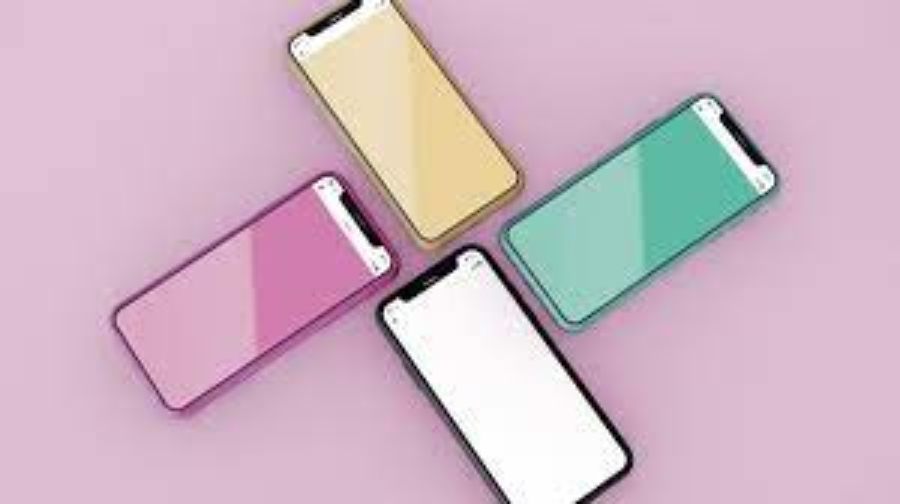Free and affordable wireless phones and monthly plans are available to those receiving federal assistance like SNAP, Medicaid, SSI, veteran pension and survivor benefits, and Section 8. Cell phones are essential for keeping in touch with jobs and children’s schools, paying bills, and obtaining emergency services. Lifeline is a government program that subsidizes the cost of wireless services for low-income households.
How to Choose a Reputable Lifeline Provider
The federal government created Lifeline so low-income families can access affordable phone service. The program subsidizes the cost of monthly minutes and provides free cell phones. Depending on the provider, consumers can choose from various devices and plans. Top providers like Assist Wireless can offer the same basic features as commercial phone services, such as unlimited talk, text, and data. Choosing a reliable provider is important; you must re-certify your eligibility annually. If you cannot do so, you will need to go through the entire process of applying for Lifeline again.
Regardless of which company you choose, there are some things that every provider must have in place to comply with federal guidelines. For example, all service providers must verify the identity of all new customers. They also must check that the household income meets the established federal guidelines. This is done through the national database Universal Service Administrative Company, or USAC operates.
Another thing that every provider must do is allow subscribers to use their benefits with only one Lifeline plan per household. This rule is strictly enforced, and if you violate it, you could lose your phone benefits. Additionally, households can only receive Lifeline discounts on a wireline or wireless connection. Moreover, the discount can only be applied to one phone and broadband Internet connection per household.
Choosing a Reputable Lifeline Provider
While the Lifeline program benefits low-income individuals, choosing a reliable network coverage provider is important. You also want to choose a company that provides a variety of devices and plans to suit your needs. Additionally, consider whether the provider has additional features to add value to your service, such as free international calling and voicemail.
Choosing the right provider for your lifeline phone service can help you stay connected with your family, friends, and employers. This is important, as it can help you remain safe and productive at work. Moreover, it can help you keep in touch with emergency services and government assistance programs like SNAP and Medicaid.
Another important factor to consider is the cost of your plan and the amount of data you need. A good lifeline service provider will offer affordable rates for both factors. Moreover, it will also provide a high level of customer service.
Knowing the rules and regulations is important if you consider switching to a new lifeline phone service provider. You must provide the new provider with your name, birth date, current address, and a copy of your state-issued ID. In addition, you will need to contact your previous Lifeline phone service provider and inform them that you are switching to a new provider.
Lifeline Eligibility
For households making 135% of the federal poverty guideline or receiving public assistance benefits, Lifeline is a valuable program that can help offset phone and Internet service costs. Many families can qualify for both services from one Lifeline provider. But it’s important to know that this is a non-transferable benefit, and households can only use one free government phone from a single wireless or wireline provider.
The Lifeline program is a vital resource for Americans living on the edge of economic crisis, and it’s essential to keep communications lines open to people who need them most. Unfortunately, recent proposals to reform the program would inflict real harm. One such proposal requires Lifeline providers to monitor subscribers’ data usage, which is deeply invasive and a major privacy concern.
Additionally, the proposed rules would make it difficult for Lifeline providers to offer subscribers phones, a significant barrier for those needing more financial resources to purchase their own devices. These are more than just bureaucratic hurdles; they can desperately harm consumers needing the programs. Fortunately, the FCC is working to address these issues, and you can join the movement to protect Lifeline.
Lifeline Phones
If you have a low income in the US, you can qualify for a free phone and monthly plan from a Lifeline service provider. The program is regulated by the Federal Communications Commission (FCC). You can choose from a wide variety of phones and services. These include affordable devices and monthly voice, text, and data plans. The Lifeline program is available for households with incomes at 135% of the federal poverty guidelines. It is also available for individuals participating in government assistance programs, such as SNAP, SSI, TANF, Section 8 Housing, and Medicaid.
In addition to providing free devices and phone services, Lifeline providers offer many other benefits for subscribers. For example, some of them provide cash-back rewards for customers. They also host community events and conduct outreach at retail stores to reach potential customers. This is a great way to promote their business and build customer relationships.
You must first check your eligibility and apply for ACP or Lifeline to get a free Lifeline phone. You can do this by visiting the website of your preferred service provider. The phone company will typically require proof of eligibility for ACP or Lifeline. This includes documentation such as a driver’s license or Social Security card, verification of participation in government assistance programs, or income information from the prior year’s tax return.
